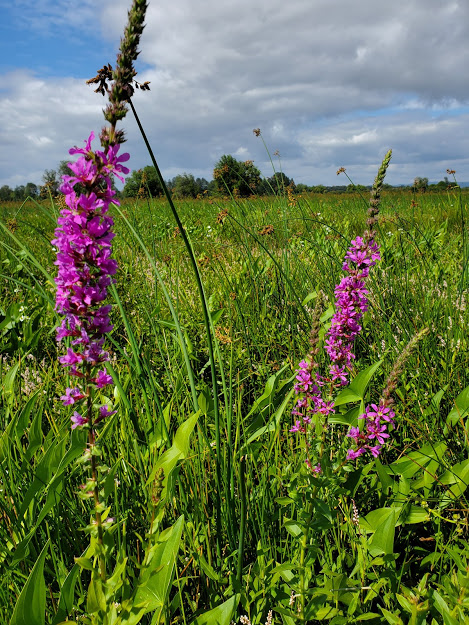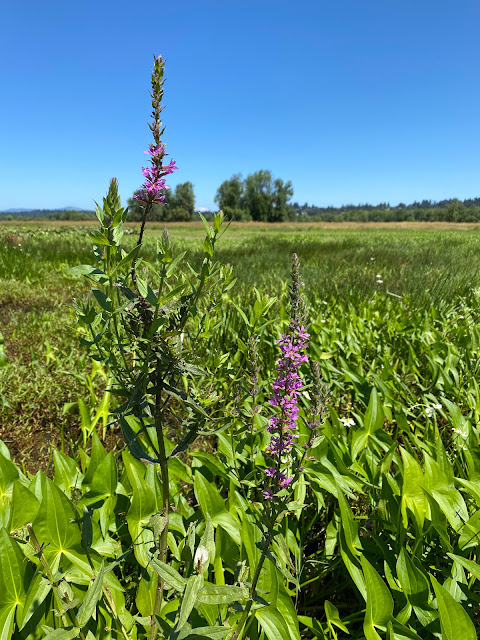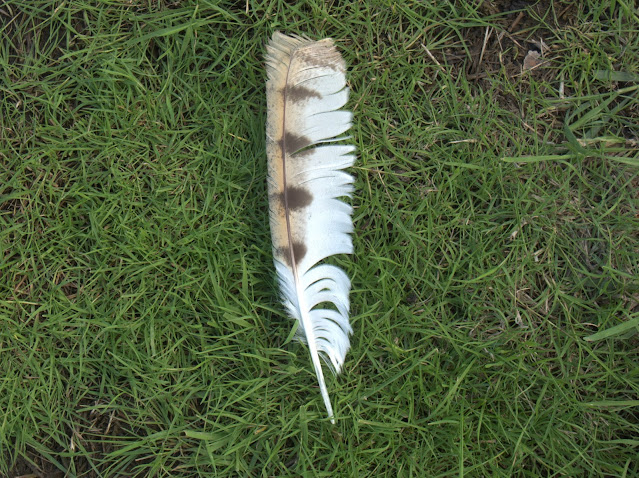August 28, 2020 - A Normal Day at the Refuge
 |
A Purple Loosestrife plant that I recently sprayed with herbicide in Middle Lake. |
Lately I have been focusing on spraying herbicide to control invasive plants around the Refuge, as well as many other random tasks...
Some of the tasks I completed today...
Herbicide spraying of Reed Canary Grass and Purple Loosestrife.
This is necessary because both plants are considered invasive species at the Refuge.
Reed Canary Grass out competes native grasses, sedges, and rushes. It can also spread through rhizomes underground, and these intricate root structures are very difficult to control once they take hold in an area.
Purple Loosestrife is considered invasive because one plant can produce a vast amount of seeds. One plant can produce up to 2 million seeds, to be exact! This makes it very hard to control once established. Furthermore, Purple Loosestrife stands do not provide sufficient habitat for waterfowl and other aquatic species that call the Refuge home. Overall, if this plant were to take over an area - there would not be enough cover from predators & it would lower the biodiversity of wetland.
Other Tasks Included...
Cleaning the tractor.
When tractors mow or disc a field that has invasive in it - it is very important that we thoroughly pressure wash the machinery so that we avoid spreading invasive seed to other areas of the refuge.Search wetlands for invasive plants.
In order to spray herbicide on plants like Purple Loosestrife, we must first go out into the field and find where these plants are located. A lot of my time this summer has been spent searching areas for potential invasive plants, and then mapping the plants that I do find. On these searches I never know what I am going to find, and on this particularly day I found a significant amount of Yellow Flag Iris out near Heron Rookery field, which is just past Wigeon Lake. During this search, I also came across the most beautiful Western Tiger Swallow Tail butterfly. Seeing this butterfly out in the field and getting to snap this beautiful photo was definitely the highlight of my day. To learn a bit more about the types of invasive plants I keep an eye out for during these wetlands searches - take a look at the Washington State Noxious Weed Control Board's Quarantine List. |
The absolutely massive seed pods that were attached to one of the Yellow Flag Iris plants I found during my wetland search for invasives. |



Comments
Post a Comment